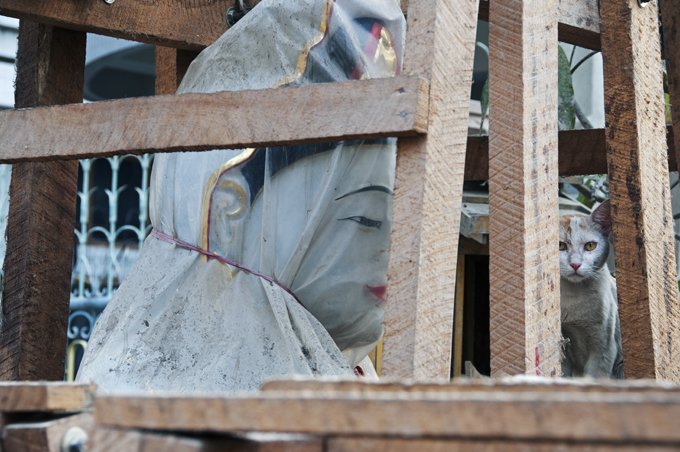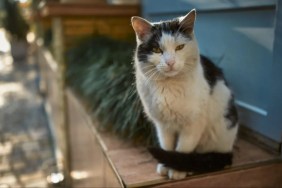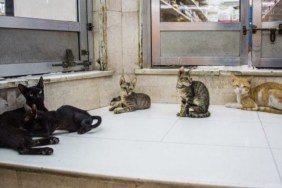The trap, unfortunately, caught something else – a stray cat that was a fixture in the area. The animal was found alive in the trap, but panting heavily; it was taken to the Society for the Prevention of Cruelty (SPCA).
The glue in such traps can be removed from a cat’s body with baby or cooking oil. But after the feline was examined in this case, it was determined that the best course of action was to euthanize the animal.
The SPCA called for a ban of all such traps, claiming they are inhumane. Animals caught in glue traps frequently die via slow suffocation, or even gnaw off trapped limbs to escape.
People reacted with outrage over the story, but there was something that wasn’t mentioned in the initial reports.
An investigation by the Agri-Food and Veterinary Authority (AVA) fined the pest-control company that used the trap, but found it “not wholly responsible” for the cat’s condition that led to it being euthanized, as the animal could have possibly been saved.
When rescuers arrived at the scene, only the cat’s legs were stuck in the glue. When they covered the cat’s body in a plastic garbage bag and placed it in a carrier to remove it from the site, the sticky substance spread over the rest of its body during transport.
The report also stated that a “ban on the use of glue traps could adversely impact the effective handling of rodent situations in Singapore.”
The amount of the fine and the name of the company that employed the trap were not revealed. The AVA revised the guidelines for using such traps.









